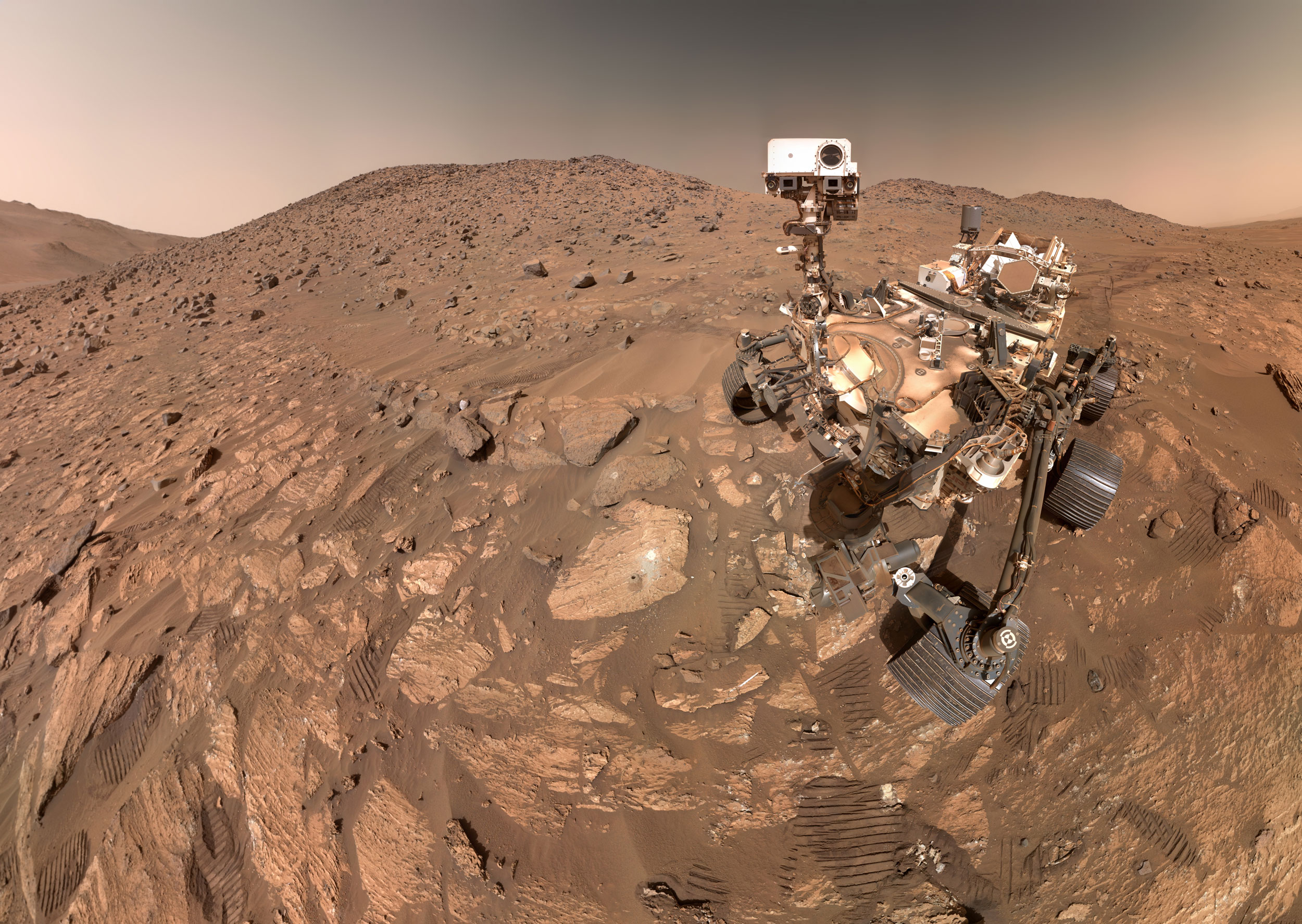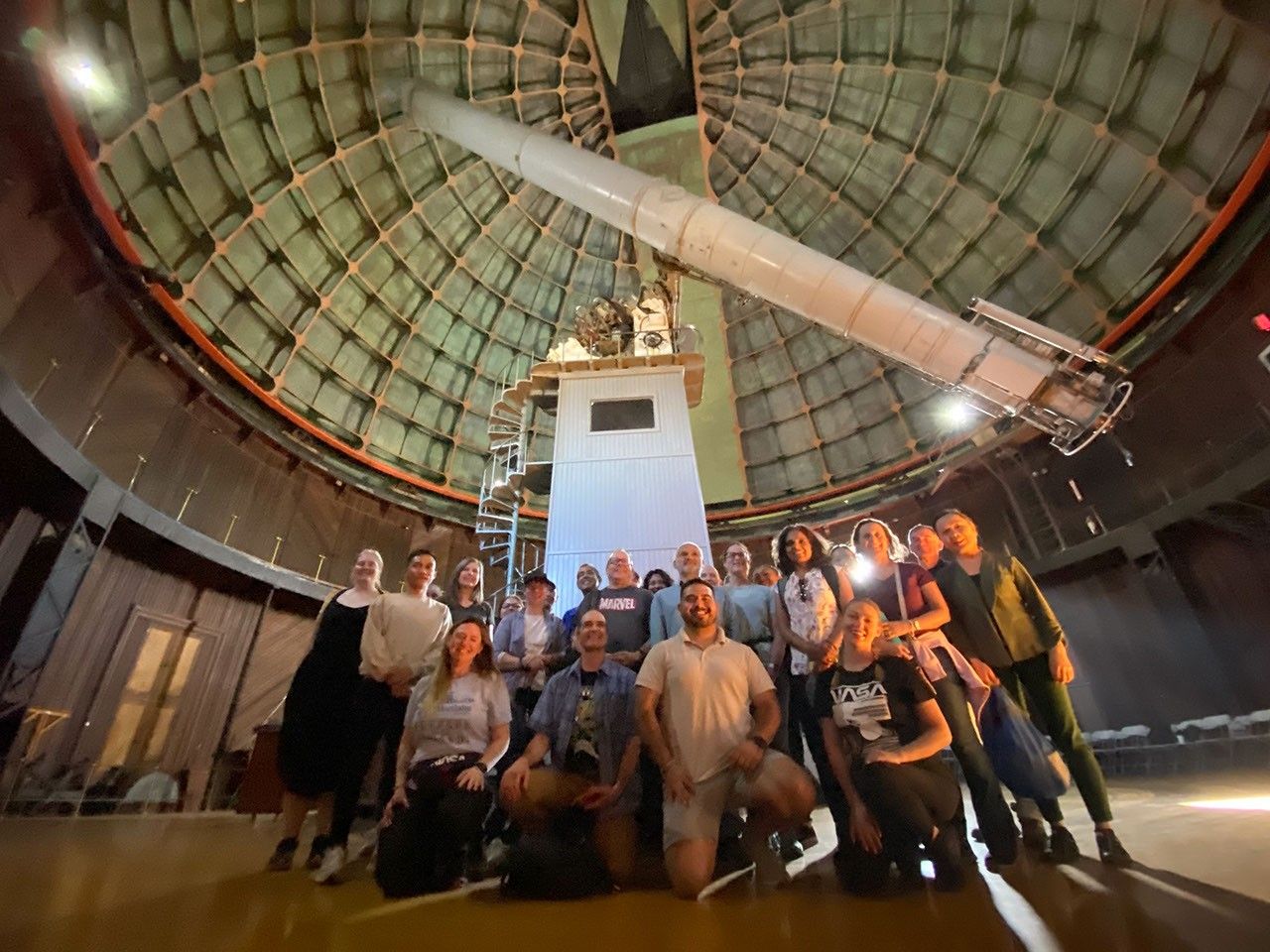
Otis Imboden
Photographer, National Geographic
In 1962, a young National Geographic’s photographer found himself not only a member of the primary press pool making shots of John Glenn being launched into space, but the next day he found himself the only press photographer to scuba dive with Glenn off Grand Turk Island, where the first American to orbit the Earth had been flown after being recovered from the ocean.
It was an exciting moment for Otis Imboden, who had been on the National Geographic’s staff less than a year. Born in Memphis, Tenn., Imboden had received a master’s degree in English literature from the University of Chicago before spending four years in Panama as public relations officer for the Pan-American Highway. A certified diver and licensed pilot; he was hired by the National Geographic on May 31, 1961. Very soon he was thrown into the magazine’s ongoing efforts to document the space program.
By that time, the magazine had loaned several of its top photographers to NASA and their photographs were being released through the agency to newspapers and magazines throughout the world. But the magazine’s editors were convinced that the importance of the space program justified stationing their own full-time correspondent at Cape Canaveral. They chose Imboden to act loosely as a liaison with NASA, always be on hand to photograph launches and other events. Therefore he moved his family to the cape and remained for nearly a decade.
Imboden got along well with all kinds of people and official doors opened for him wherever he went. From Project Mercury through Gemini to Apollo, he photographed such things as the X-15, astronaut survival training in the Arctic, in the jungles of Panama, and in space-related installations all over the country. During periods of decreased mission activity he worked exclusively for NASA, helping the agency with its photo coverage.
As NASA photographs, his pictures were released to the world press through the Still Photo Pool, a consortium of National Geographic, Life, The Associated Press, United Press International and the World Book Encyclopedia Science Service. Imboden also occasionally served as the Still Photo Pool coordinator.
Primarily, though, he photographed launches and recoveries. He was the primary pool photographer on the ground during Gemini 4 and thus made every photograph published of the astronauts approaching the launch vehicle, even if the photographs carried a NASA credit line. He was aboard the carried Wasp when Gemini 6 and Gemini 7 plopped down within two days of each other. But he was left empty handed aboard the Boxer in the Atlantic when Gemini 8 made an emergency landing on the Pacific. Then he made spectacular pictures from the prime recovery helicopter of Gemini 9 parachuting into the ocean, a dramatic sequence that, released through the Still Photo Pool, was published in Life Magazine.
Imboden continued these activities during Apollo. In 1969, he spent Christmas at sea aboard the carrier Yorktown, documenting the recovery of Apollo 8 for NASA and the world press. During Apollo 11 he photographed the joyous reaction at Mission Control to the sight of the astronaut’s safe return.
After Apollo 11, National Geographic, along with many other magazines, began to scale back its space coverage.
The Still Photo Pool was disbanded, as mission photography in space was not producing more exciting results than shots of launches and recoveries. Imboden finally moved from the cape to Washington in the fall of 1969. At that same time he received the Apollo Achievement Award.
After his move, Imboden’s assignments gradually shifted away from space coverage and he retired from the magazine in 1986.


























